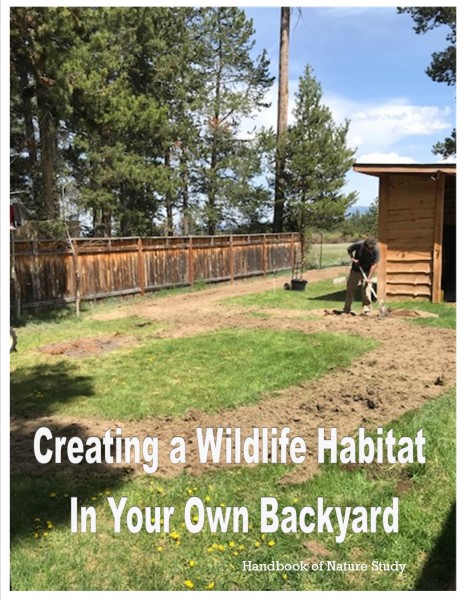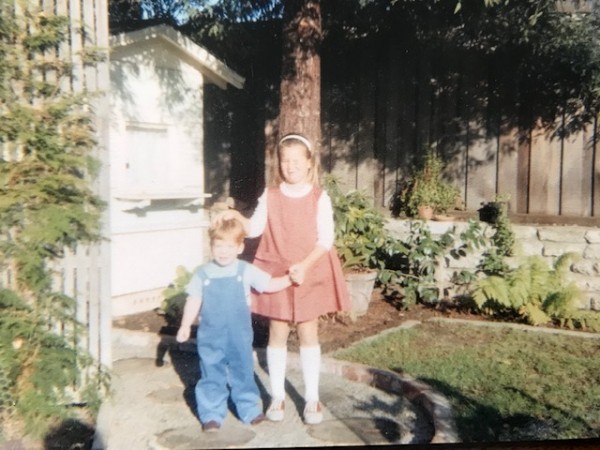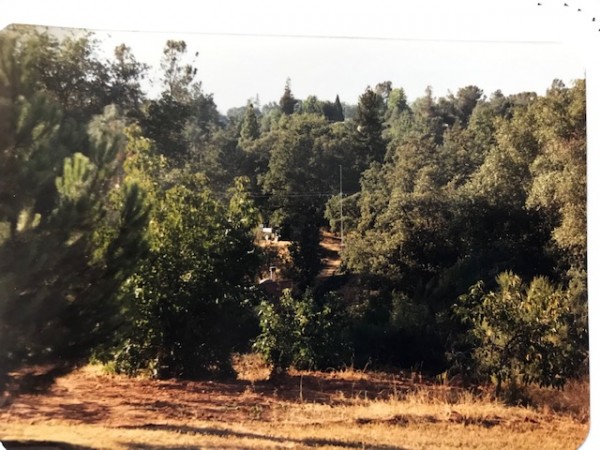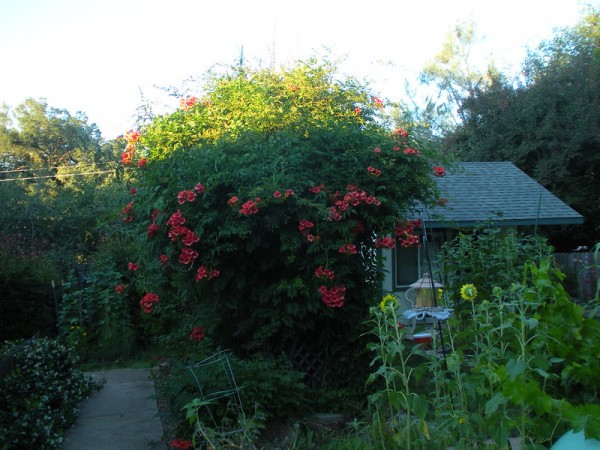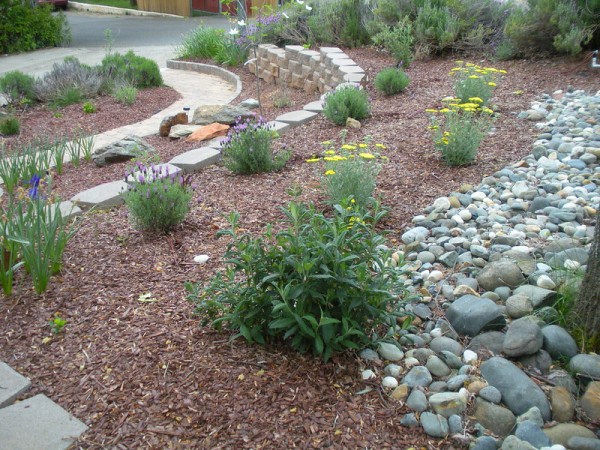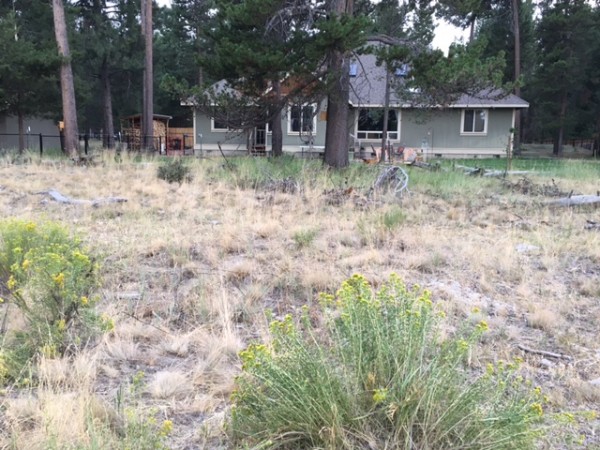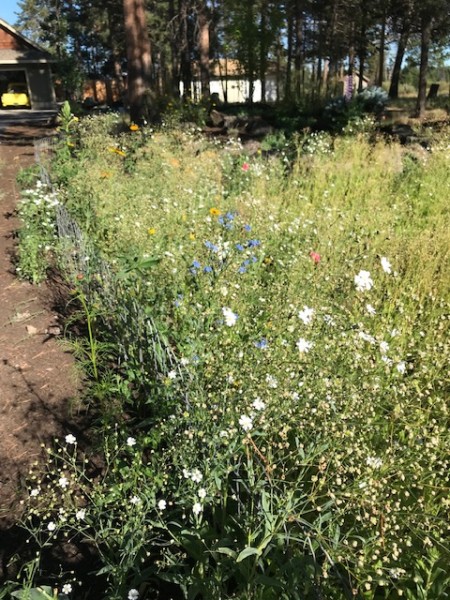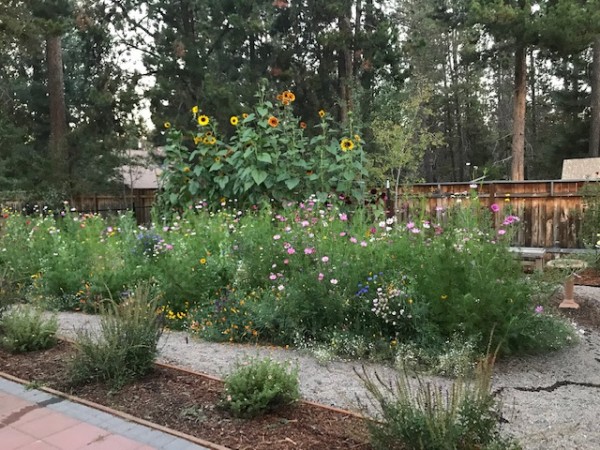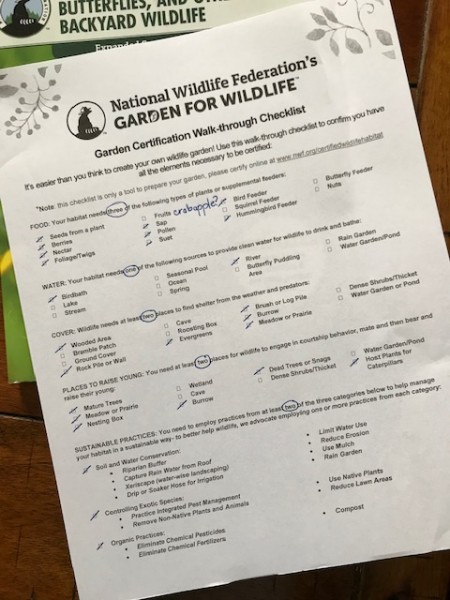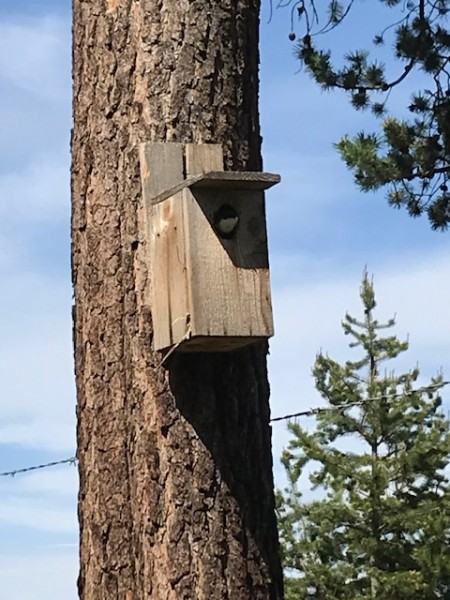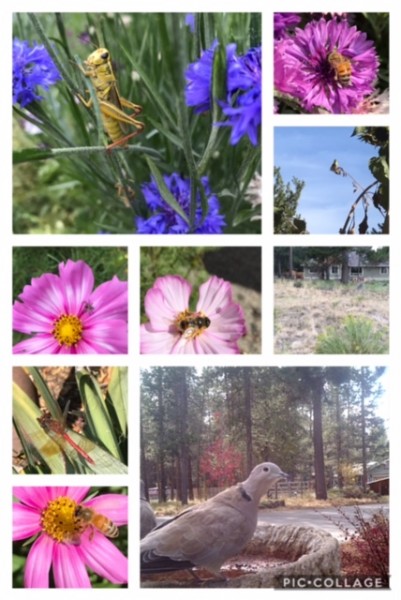Outdoor Hour Challenge
Week 2 – September 10, 2021
Nature Study Lab in Your Own Backyard
The habit of nature study is best when you can regularly be outside with your children. For our family, this habit was built out in our backyard, mostly because it was convenient but also for the simple reason that I felt it was important for my children to learn about real things, plants, and animals they could observe up close.
A Little Inspiration
I once read an article written by a mom who had little by little converted her suburban backyard into a wild place for her children. She brought in some rocks for lizards and insects to take shelter in. She sourced a big log to give the kids the opportunity to experience the living creatures that lived in, under, and on the log, as well as observe the log’s decomposition. She made a sand pile for digging with pails and shovels. There were places to play in the hose and make mud. After reading of that experience, it occurred to me that with a little effort on her part, she had created a space for her children to experience nature even in a small backyard.
In My Experience
Our backyard seemed the best place to start! After all, it’s a short voyage from our home to this “nature study lab”. Quickly I realized that we could enhance our experience by attracting wildlife into our space. Starting small, we grew our habitat each year, adding more opportunities for exploring and observing wildlife without leaving home. Having nature out the back door helped create a habit of getting outside with my children.
What can you do to get started?
Assess Your Yard and Make a Plan
Make an assessment of what you already have available in your yard. You can use the printable linked below to get started. Ask your children to help you make an inventory of what may already be working for wildlife.
As you build your backyard habitat, you will have more opportunities to closely observe and enjoy birds, small mammals, reptiles, insects, and others who make a home or visit your little wildlife oasis.
This project can be as simple or complex as you make it. Perhaps just making one change at a time to see what works for your yard will be enough to bump up your wildlife visitors a notch.
Simple First Steps:
- Add a water source in the form of a shallow basin or saucer.
- Add a birdfeeder.
- Add a shrub.
- Add some rocks.
- Add a potted plant with blooming flowers.
Keeping in mind that a wildlife habitat needs water, shelter, and food, build your backyard habitat even if you are on a limited budget. Let friends and family know about your nature study project and see if they have items they can share with you.
The nature study habit is easier when you have constant and endless access to your backyard habitat. No need to travel far! In studying nature close to home, our children will learn to observe, to write about their experiences, to draw their treasures, to be patient, to imagine, and to explore.
Anna Botsford Comstock in her book Handbook of Nature Study puts her thoughts this way, “Nature study is for the comprehension of the individual life of the bird, insect, or plant that is nearest at hand.”
In the book Last Child in the Woods, the author makes the point several times that today’s science textbooks and programs are missing the mark. Many, many young students know more about the tropical rainforests and volcanoes of the world than they know about their own backyards.
“Adults should realize the most valuable thing children can learn is what they discover themselves about the world they live in. Once they experience first-hand the wonder of nature, they will want to make nature observation a life-long habit.”
Charlotte Mason, Volume 1, page 61
Miss Mason was really helping us to see how to make science meaningful for our children. No longer will science be abstract or have a political agenda. The simple habit of getting outside with our children is easy to reach; we are often the ones making it complicated.
Beyond the Simple First Steps:
The National Wildlife Federation website is a wealth of information on how to create your own habitat, step by step. Read this article about creating a wildlife habitat in your own yard. There is also a short video to watch: http://blog.nwf.org/2016/02/this-week-in-nwf-history-creating-wildlife-habitat-in-your-yard/
Ultimate Naturalist Library Members
- Look for the Wildlife Habitat Plan printable posted in the Getting Back to Basics – The Habit of Nature Study section of the Member’s Library. Download the file and have your children help you complete the assessment this week.
- Look for the Know Your Own Backyard printable posted in the Getting Back to Basics – The Habit of Nature Study section of the Member’s Library.
Outdoor Hour Challenge #9 in the Getting Started ebook features the One Small Square activity. Complete this challenge in your own backyard to bring to light subjects you may be overlooking. This challenge will help you focus on a small area of any yard, anywhere. There is a coordinating activity found in this entry: 5 Ways to Use Your Magnifying Lens. You can incorporate the two printables linked in this entry to your study of nature in your own backyard.
- Read the April 2012 newsletter: Backyard Habitat
Members can click here to log into your account to download any of the items mentioned above.
If you’re not a member here on the Handbook of Nature Study yet, please consider joining to gain the benefit of having a nature study library at your fingertips. There are numerous resources available for you to help create the habit of nature study within your family.
Please note that the Ultimate Naturalist Library will only be available until 12/31/2021. At that time my website will be shutting down.
If you are an email subscriber to the Handbook of Nature Study, you may consider saving this email in a folder for future reference. The blog will be retiring at the end of the year as well.

 Outdoor Hour Challenge #9
Outdoor Hour Challenge #9

